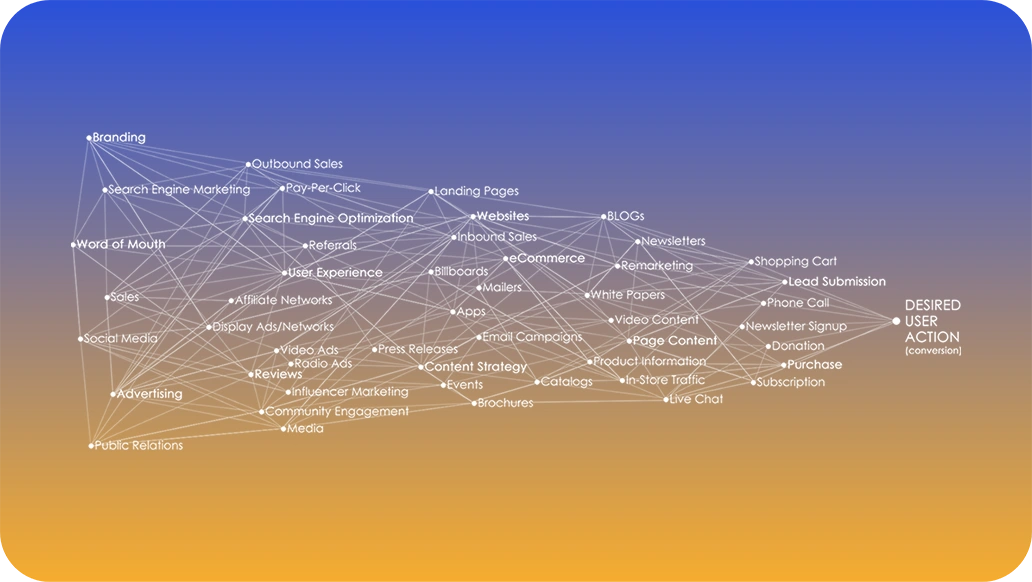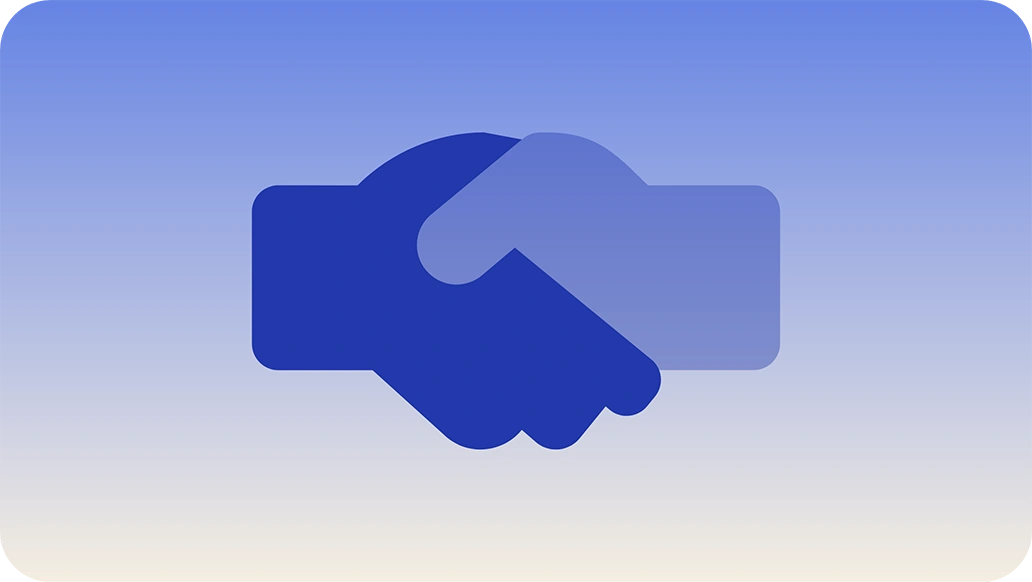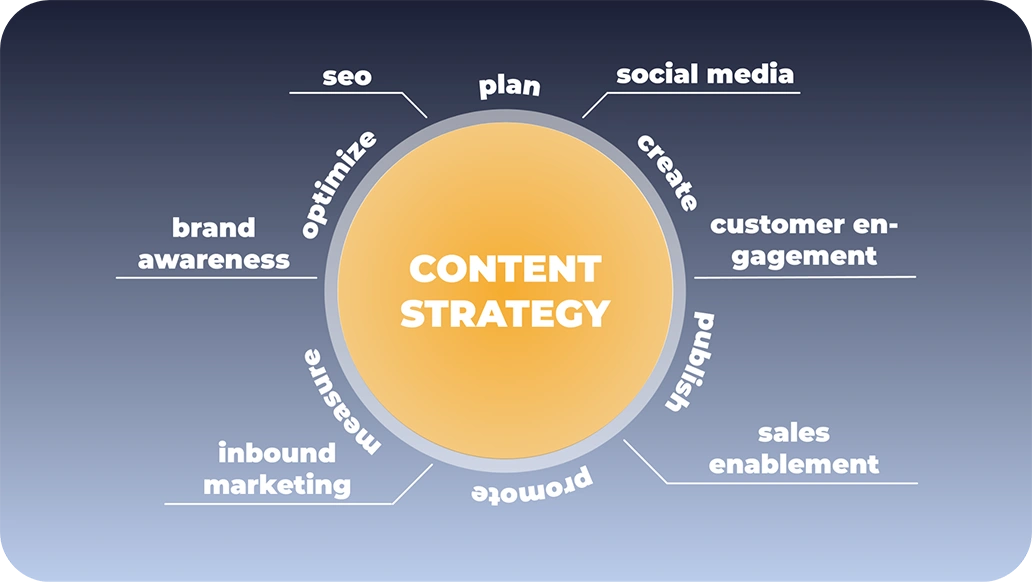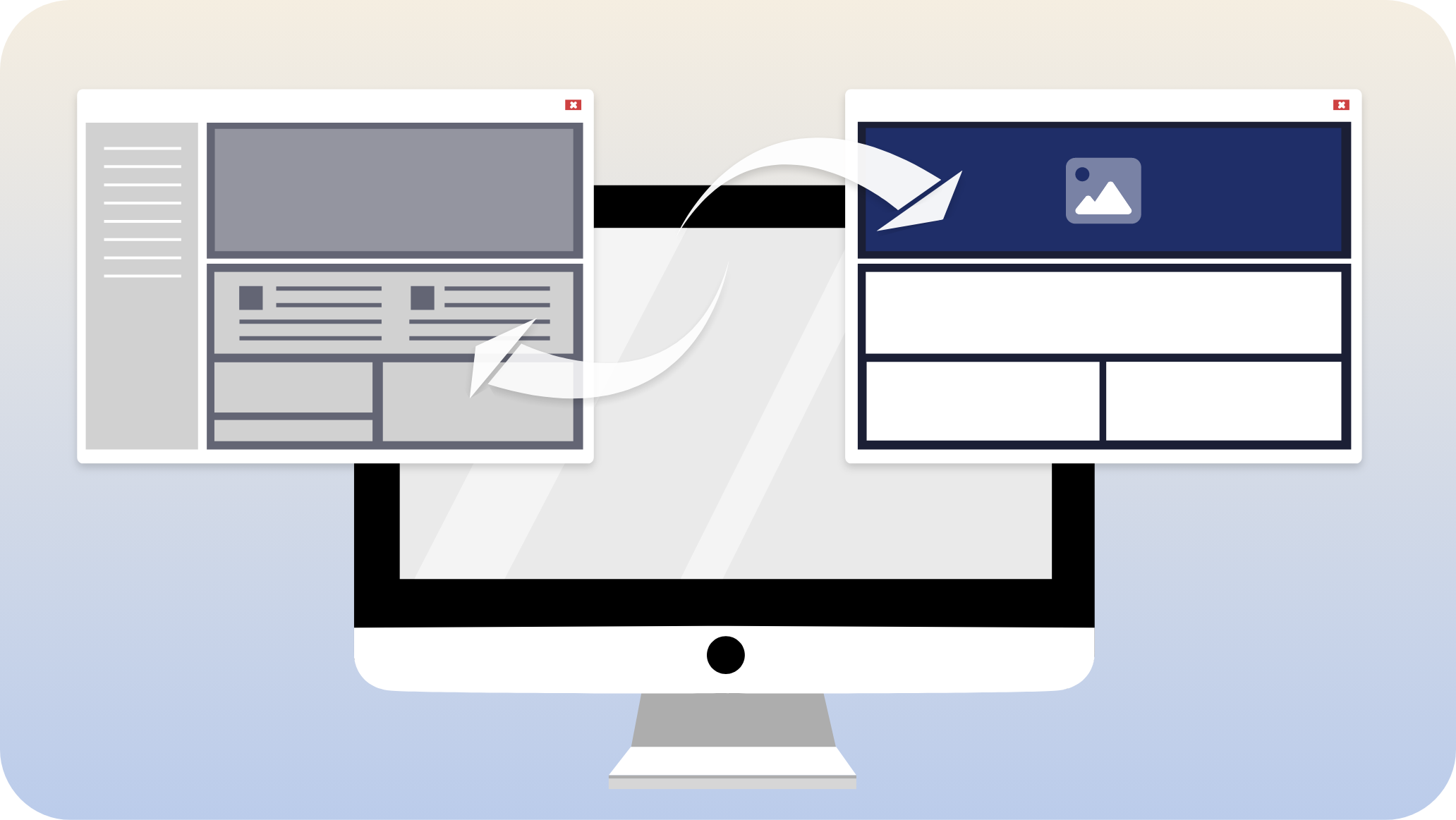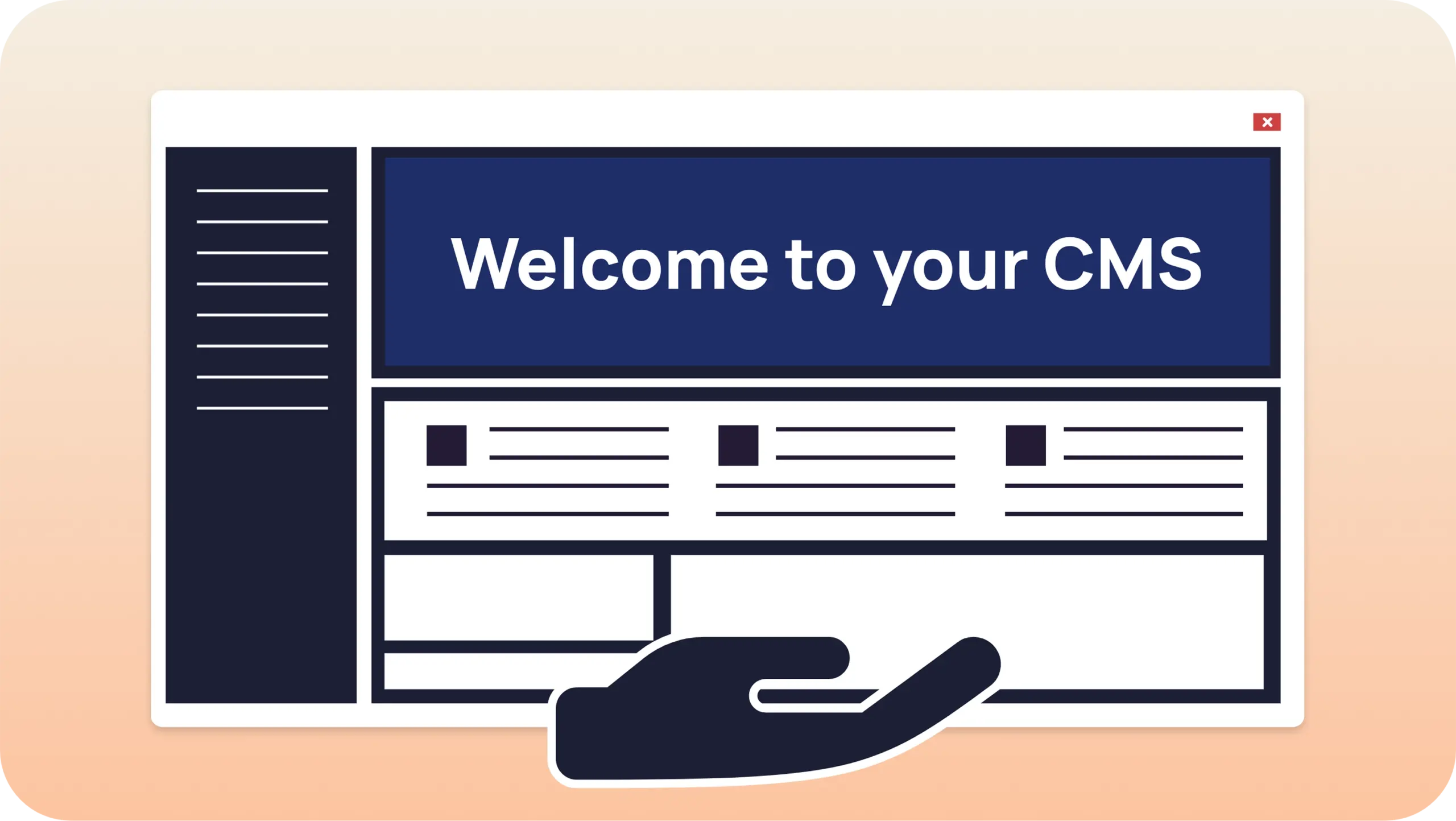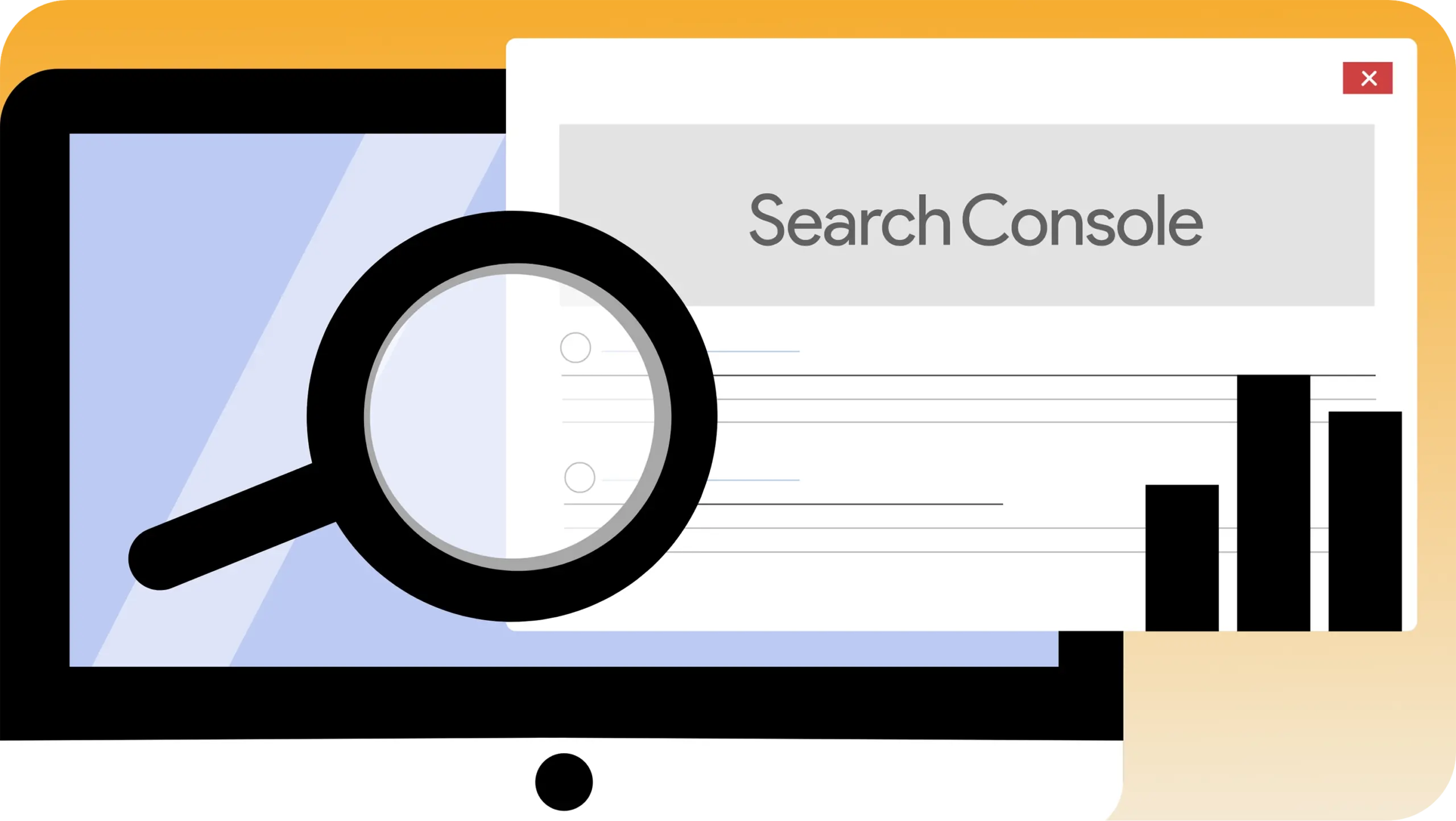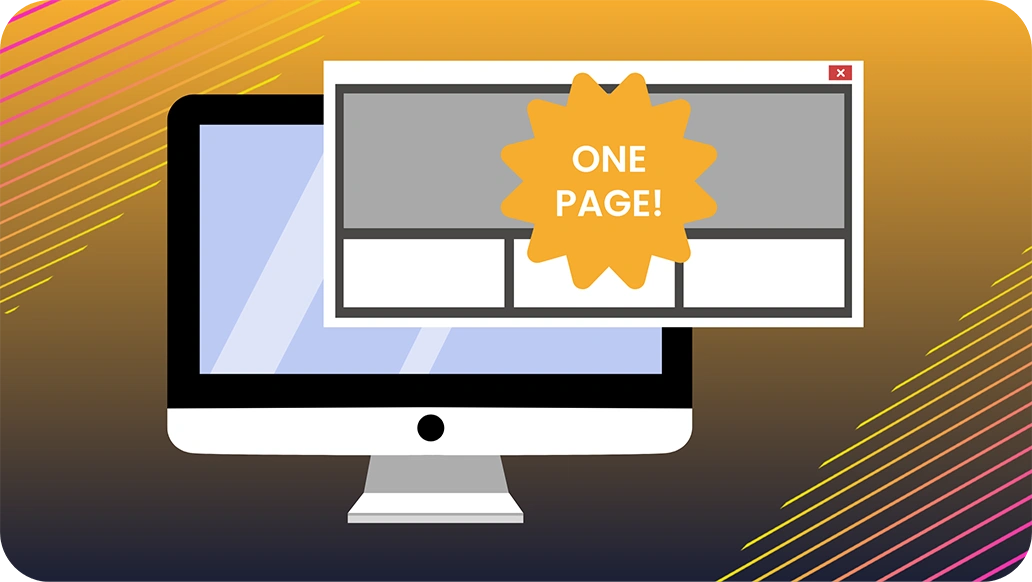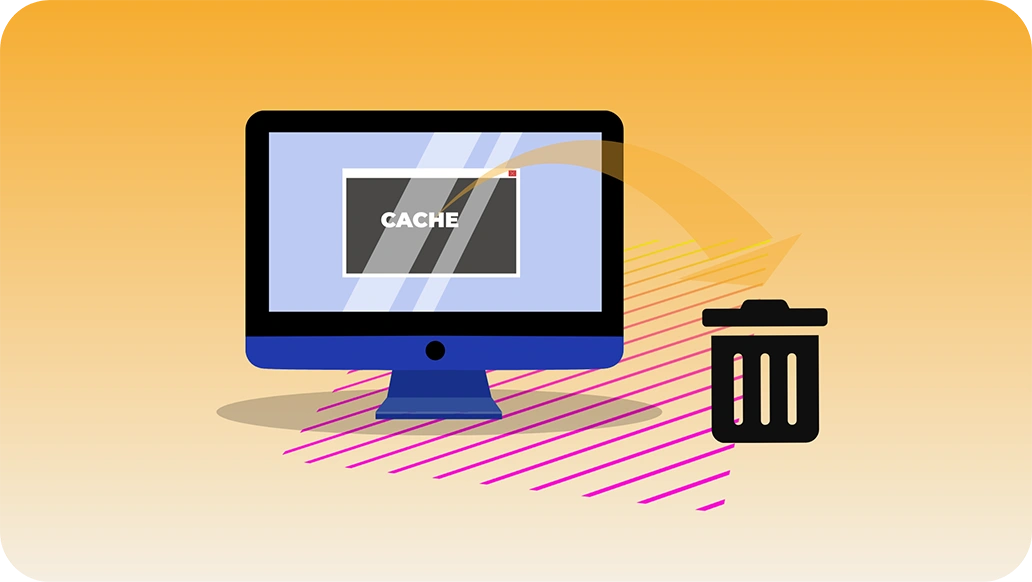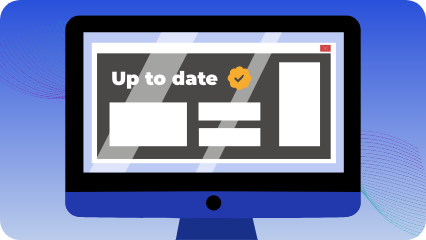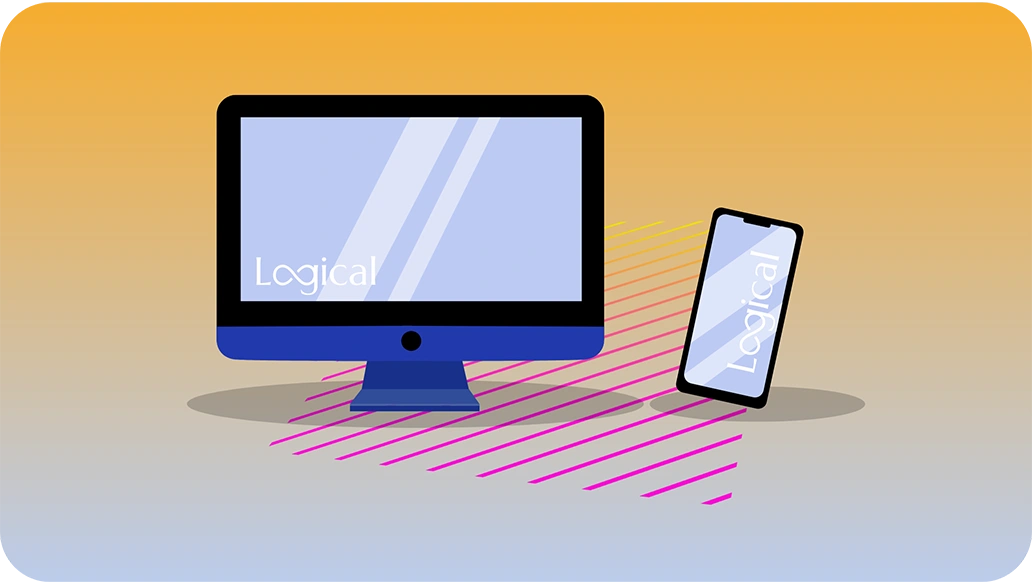Conversion funnels are a way to visualize and understand how your business interacts with your market and converts those interactions into sales. The goal: get prospective customers into and through your funnel(s). A conversion funnel may be large with many customer interaction points before a sale, recursively looping through itself with additional services, product accessories, or related product offerings. It can be small with an immediate point-of-sale transaction and simple with one-off customers. Each conversion funnel is unique, and it is paramount to pay attention to the details of yours to maximize profit.
First, you must establish your priority conversion goal. Ask yourself first, “What end result do I want from interactions with consumers?” Do you want to build brand reputation with the public by interacting with followers on social media? Would you like them to sign up for a company informational newsletter, leading to a purchase of the education you teach? Or maybe the funnel is very direct because you just sell hot dogs at a ballgame to hungry fans. There can be multiple goals within a funnel, or funnels within funnels. Decide what the conversion goal will be then build upon and optimize the user’s journey.
UX & Funnel Holes
User Experience (UX) is a term very similar to “customer experience” and is used to refer to design, content, and the overall experience a user may have interacting with your website or media. Understand the target market before establishing your conversion goal by creating a few buyer personas. Determine who your ideal customer is and what their journey will look like.
Conversion rate optimization (CRO) is best achieved by understanding your buyers. Once you’ve observed your users’ experiences, you can begin to ‘patch the holes’ and lead more prospects towards the conversion. Dissect and evaluate the components of your funnel to ensure it is working effectively. Continuous optimization of the funnel is necessary to fix any ‘holes’ where users might be leaving. Holes can be many things: a sales rep who has a bad attitude, too long of a delay to reply to an email, prices that are too high for that buyer persona – the list goes on. Anything that creates a bad UX is a hole in the funnel. Put yourself in their shoes, listen to their feedback and study where things go astray (or well).
A conversion funnel is only as good as its most incongruent experience. It’s more important to avoid bad experiences (poorly executed logo, bad content, etc.), then to focus on winning the conversion in any one exact moment. Due to time investment and switching costs (the effort of finding a similar product and going through the whole process again with a different company), a consumer may still go through a mediocre conversion. However, if something is frustrating or confusing, they will fall out of the hole and not return because that bad experience is worse than the process of starting over somewhere else. A bad experience can cause a ripple effect that leads to chaos because they will then go share their experience with their friends and family. It’s better to be just enough – as long as it isn’t terrible.
A buyer’s behavior is like water flowing downhill: you can’t reverse its direction, but you can channel where it flows. Consumers will go through this journey, so help direct where they finish and provide a good, memorable experience.
Conversion Journey:
The goal you set determines how simple or complex your conversion funnel will need to be. As stated before, the conversion process can be a conglomeration of interactions with various entry points and can go a variety of ways. Below is a general outline.
- Awareness: Present your opening argument: why your business is the one they should utilize. Organic search, word of mouth, social media, ad campaigns, etc. One way or another, prospects search for a product. They may begin comparing brands or products to determine which best suits their current need. In this stage, branding, reputation, and overall trust are critically important to make the business appear legitimate in the consumer’s eyes. Having a uniform brand experience that looks similar across the board supports the credibility of your business and ensures that each consumer is receiving the same great experience.
- Interest, Desire: Prospects are past the awareness stage and begin to seek more information. Interactions at this stage need to be nourished to flow through the funnel. Become an expert in persuasion – provide supporting information to consumers about what to expect when doing business with your company. Correct any misconceptions that they may have about the target result or the enterprise. Proving your knowledge and expertise at this stage is crucial to assist with continuation to an action. Show that choosing your business optimizes their purchasing power. When you pick a charity to donate to, you want to pick one that will make your money go further, right?
- Action: The prospect has most likely determined what action to take or they may be on the brink of a decision – this is when a final Call-to-Action (CTA) – your closing argument – is needed to give that extra push towards the conversion goal. The CTA is generally where you see pop-ups like “Buy Now”, “Act Today”, “Sale Ends at Midnight!”. It is a flag in the consumer’s face saying, “Hey! You should really buy this now!” A well-thought-out CTA is the tipping point that moves the prospect to the desired action of the conversion goal.
- Re-engagement: Your funnel(s) worked by converting users to customers. Now your job is to keep them engaged. . Provide sharing tools to do so (a.k.a. share- button). Ask for a review. Perhaps this was just one stage in a bigger picture conversion funnel and now you need to introduce them to a different funnel. Example: Your first goal was to get them following your social media account, but you ultimately want them to buy clothes, so now you need them to subscribe for a newsletter to receive discounts and promo codes to complete the goal of actually buying a product. Succeeding end goals require dedication and patience.
The goal is to lead prospects to a desired action. Providing prospects an optimal experience throughout their interactions with your business will improve the conversion rate and ROI. Create an enjoyable experience for users that guides them through the funnel, and it should make for customers who re-engage and share their experience, creating more users.
Need help optimizing your conversion funnel? Contact Logical.
Examples
Real Estate Agent
Steve is a new real estate agent, and is developing his network. Steve’s first interactions with potential customers includes direct sales/contact, word of mouth from friends and clients, and hosting open houses. Steve needs to have an average of three conversations with a prospective client before they convert. It takes an additional six months on average with that client to sell or buy their home and complete a transaction generating revenue for Steve. Steve knows his business model rewards personal relationships and requires a positive customer experience to produce more word-of-mouth referrals and repeat customers, so Steve dedicates his small marketing budget to materials that enhance his in-person interactions.
B2B Services
Andrew operates a legal firm that provides cost-effective consultation services to small and mid-sized businesses. Potential customers are introduced to the firm through search engine results, digital ads, direct mail, conventions, and word of mouth. Andrew’s conversion funnel requires driving prospective clients to his firm’s website, where credibility and additional lanes of communication can be established. The website features effective landing pages, industry relevant articles (a blog), newsletter signup, and persuasive displays and content. Andrew’s firm also invests significant resources in content strategy and creation, which benefits not only the website and the brand’s credibility, but also creates new points of entry to the funnel via organic search traffic.
B2C Corporation
Pencil Pushers Co. produces and sells pencils to the public. They want to specifically target students and teachers who will be starting school soon. Their marketers know that people generally need to see an ad three times to buy the product and that many of their sales are from students who see their friends using Pencil Pushers’ pencils. To get prospects into this funnel, they invest in signs to be hung up at retail stores during the summer where their pencils are sold. They also run a TV ad campaign and interact with students on social media. Lastly, Pencil Pushers Co. runs a national contest accepting essays from students explaining why their school should receive the Pencil Pushers’ bi-annual pencil donation. Their focus is to get parents to remember their brand by the time back-to-school shopping comes around.
Want to learn more about Conversion Funnels? Check out these references!
© Melinda O’Connor 2023
